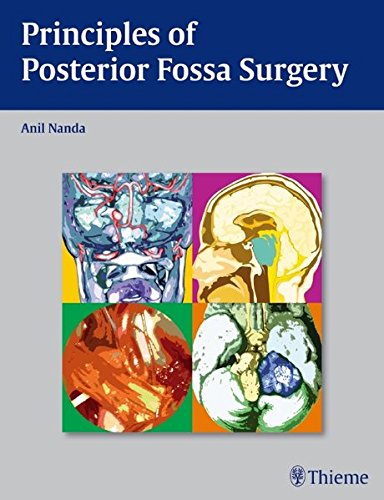

Most ebook files are in PDF format, so you can easily read them using various software such as Foxit Reader or directly on the Google Chrome browser.
Some ebook files are released by publishers in other formats such as .awz, .mobi, .epub, .fb2, etc. You may need to install specific software to read these formats on mobile/PC, such as Calibre.
Please read the tutorial at this link: https://ebookbell.com/faq
We offer FREE conversion to the popular formats you request; however, this may take some time. Therefore, right after payment, please email us, and we will try to provide the service as quickly as possible.
For some exceptional file formats or broken links (if any), please refrain from opening any disputes. Instead, email us first, and we will try to assist within a maximum of 6 hours.
EbookBell Team

0.0
0 reviewsIt was a pleasure to review this book, which is very comprehensive in its
coverage on the diagnosis, management, and prognosis of diseases of the
posterior fossa. This book has described extensively and accurately the
anatomical aspects of posterior fossa through skull base and intraoperative
images, with apt correlation to the
radiological imaging. This correlation
enables the reader to understand and remember better the normal anatomy of
posterior fossa. -- American Journal of
Neuroradiology
The ability to operate successfully in the posterior fossa requires a
thorough understanding of its neuroanatomy and physiology, accurate localization
of lesions, and optimal surgical technique. Principles of Posterior Fossa Surgery provides an in-depth review of this complex
surgical region, with detailed coverage of anatomy, pathology, imaging,
disease-based management, and surgical approaches. Written by a team of highly
respected specialists, it will be a valued reference and refresher for
clinicians who perform posterior fossa surgery, as well as for trainees.
Special Features:
Focusing solely on the posterior fossa, this book fills an important
gap for neurosurgeons, skull base specialists, and residents and fellows who are
training in this anatomically challenging region. It will enrich their
understanding and knowledge of the field, expand their surgical armamentarium,
and help achieve the most successful clinical outcomes.